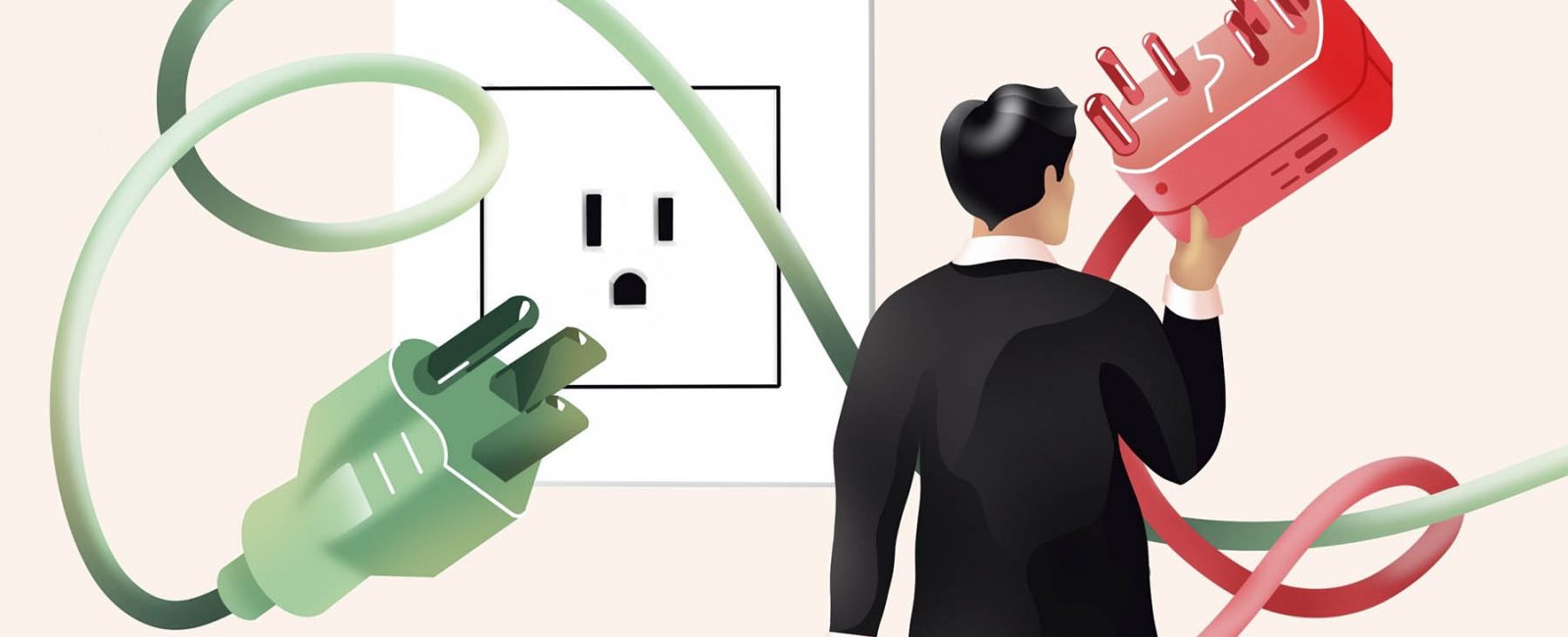It feels as though there is no corner of our lives that remains unaffected by COVID-19, including retirement futures. Recent studies have shed light on how plans are faring nearly a year after the pandemic began.
THE BIG PICTURE
Most retirement plans are doing better than expected, but still feeling the effects of the pandemic as it draws on into 2021. A study by Plan Sponsor Council of America found that most organizations are not considering any changes in plan design, but more than half are offering education about how loans and distributions affect retirement savings.
The severity of the impact of COVID-19 depends largely on plan size. “More than one-in-ten (11.5 percent) plans with fewer than 50 participants have made changes to the matching contribution — three times the number of organizations with 5,000 or more participants.”
Most plans are implementing at least one provision of the CARES act, allowing for coronavirus-related distributions (CRD’s) and pausing paydown of existing loans for up to a year.
The market has also recovered better than was expected, giving plan sponsors some relief. While markets are no substitute for contributions or withdrawals, they have helped keep plans in balance and to stay afloat.
While it seems plans are, for the most part, coping well with the financial impact of the coronavirus pandemic, the heavy toll it has taken on individual participants may start affecting plans as a whole in the near future.
IMPACTS ON INDIVIDUALS
Plan participants are bearing the brunt of the impact of COVID-19 financial consequences. As the pandemic passes the 1 year mark, plan sponsors are seeing increased loans and withdrawals. In November, plan loans were reported at 25%, compared to 13% in June. A survey by Kiplinger’s Personal Finance found that about a third of respondents have borrowed from their retirement savings, and 63% of those used the money for basic living expenses. John Hancock Retirement reported that though only 3.4% of plan participants withdrew money from their retirement savings, the average withdrawal was a staggering $20,768. As support from unemployment benefits and Payroll Protection Program, participants are turning to new revenue sources to stay afloat.
The pandemic has also exacerbated the retirement savings gap between men and women. A study by Advisor Authority found that nearly three fourths of women investors say that the coronavirus pandemic has negatively impacted their retirement savings. This on top of the fact that women’s retirement savings are already stretched thin by longer life expectancy, wage gaps, and higher likelihood of losing income to parental leave.
Changes in retirement readiness is also indicative of the effect on individuals. Kiplinger’s reported that 35% of respondents said they plan to work longer, compared to the 34% percent who said they would make no changes. Retirement readiness is down 1% overall from one year ago, a number that is actually “quite encouraging,” according to Lynda Abend, chief data officer at John Hancock Retirement.
SUMMARY
These studies show that individual participants are feeling the financial consequences of the pandemic more than plans overall. Large plans have been more immune to the financial impact of COVID, and are implementing less changes than smaller plans.




